Wax carving advent calendars?Wax carving advent calendars?
Using a Stanley knife on wax
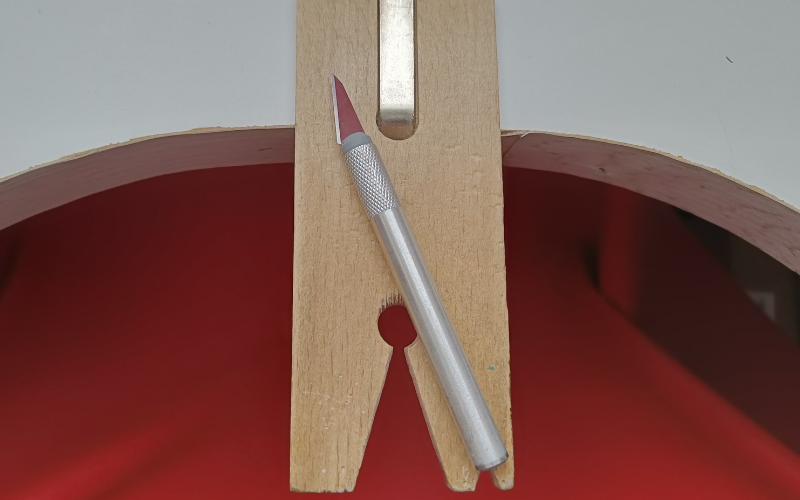
Safety first
These blades are SHARP. They will draw blood if you cut yourself with it. So before you actually carve into the wax, check where your fingers are.
The best place to hold your wax is next to where you’re cutting.
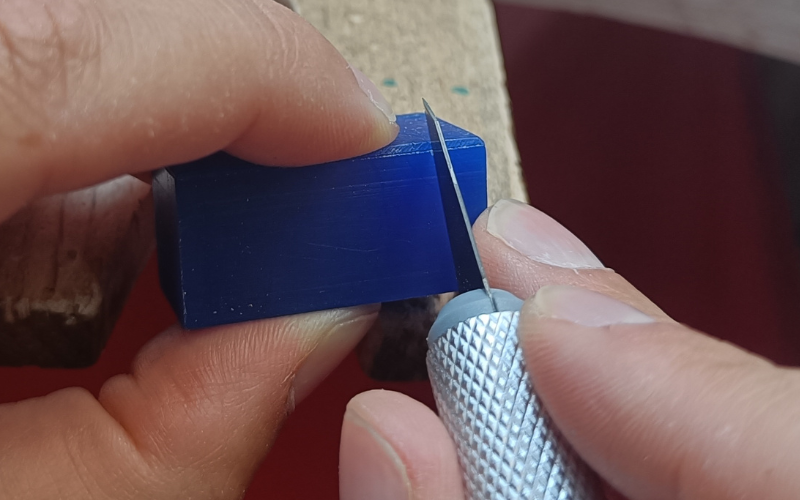
Your fingers are safe from immediate danger and accidental danger as well.
DON'T hold the wax below the knife.
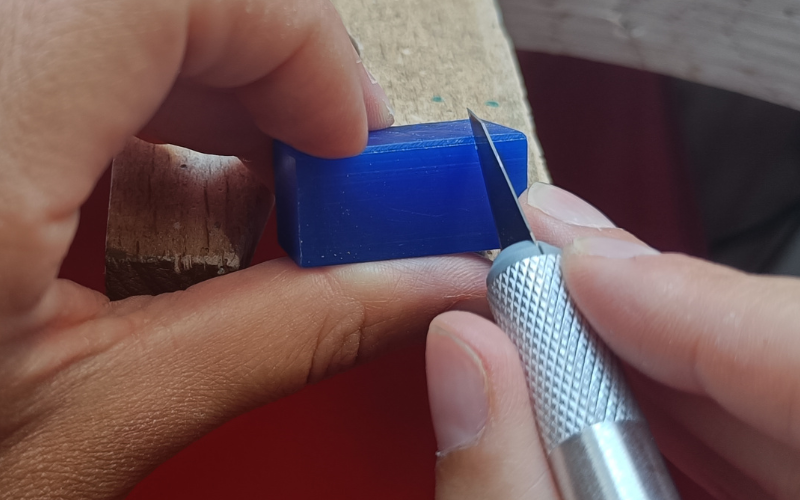
Even if the piece of wax is big and there is a large distance between your fingers and the knife. If the knife doesn’t go into the wax like you’re expecting it to, it quickly slips over the wax into your finger. Ask me how I know ;)
Don’t force it
DON’T try to push your knife through the wax in one go. Sure the knife is sharp, but the wax is thick and dense. It won’t work.
It’s more likely for the wax to crack and crumble next to the knife than it is for the knife to go deeper in the wax.
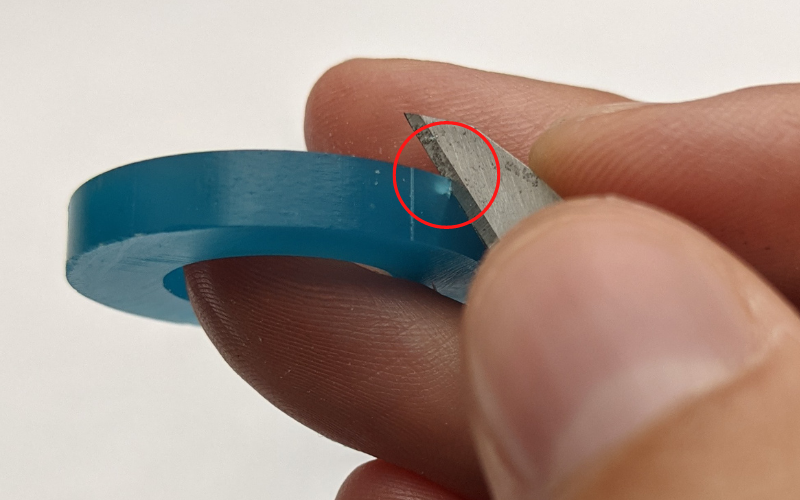
And you’re probably using the knife for precision. The last thing you want is for wax to crumble away next to the knife!
Another risk of trying to force the knife through, is that the blade becomes loose in the handle. And when the blade is loose it’s no longer as accurate. It’s also more likely for the knife to slip and hurt you.
So what do you want to do?
Up and down
You want to place the knife where you want to cut and then move the knife up and down.
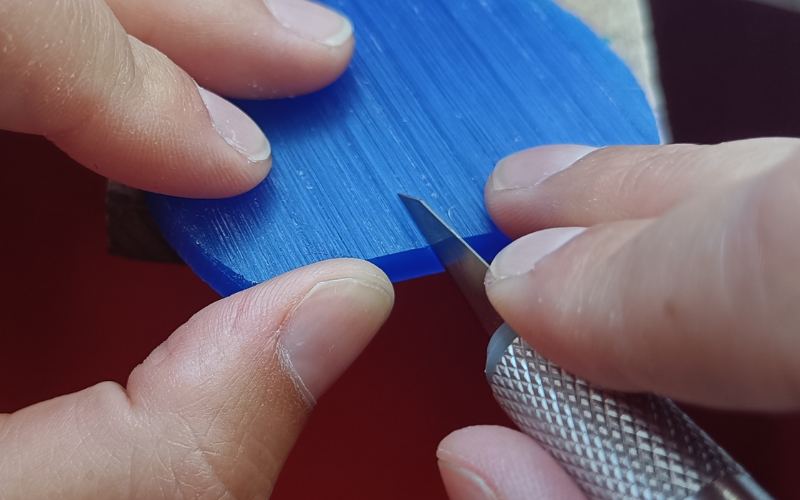
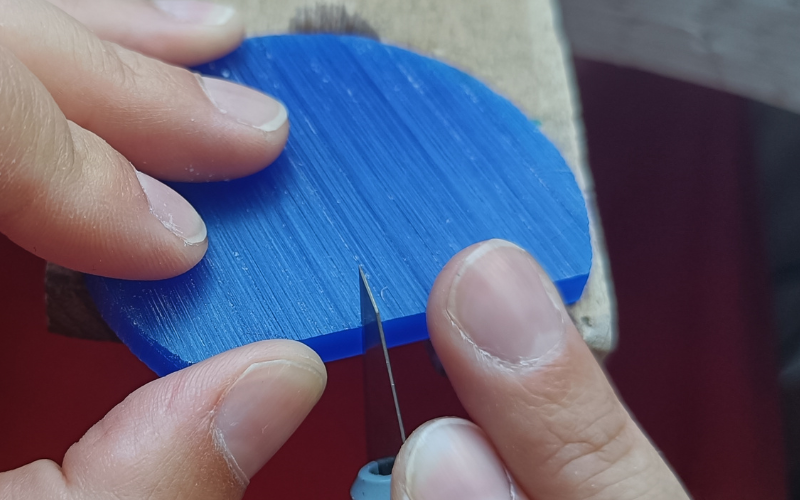
It’ll grip into the wax and the up and down motion slowly pushes it deeper into the wax.
Look, you don’t use a Stanley knife for speed. You use it for intricate details, tight spots and precision. So don’t rush it! Slow and steady gets you the best results.
When you can feel resistance from the knife and it’s no longer going in deeper, stop. If you keep going you run the risk of the wax crumbling away from the side again. Even when moving the knife up and down you can force the knife to cut more wax than it can handle.
So stop, remove the knife from the wax and start a new cut next to the one you just made.
Build it up
You can’t create a gap/remove a piece of wax in one go. You have to build it up slowly.
Look at the blade, it’s so thin!
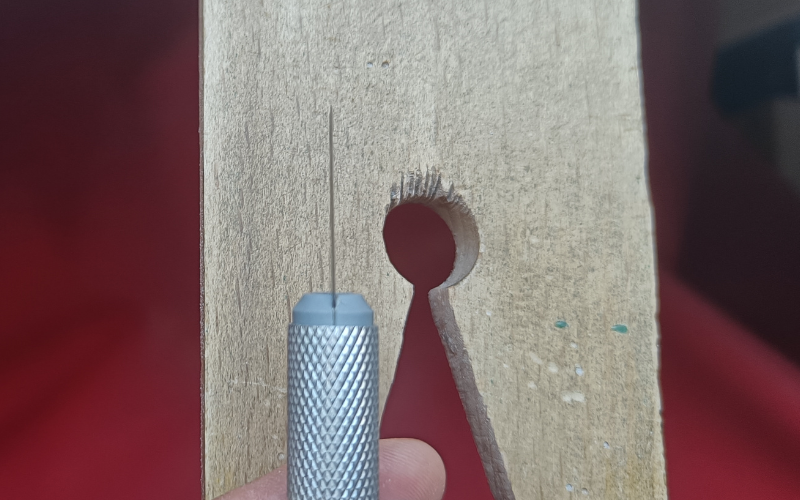
When you cut into the wax and remove the blade, the gap is pretty much invisible. No chance of creating any kind of opening with just one cut!
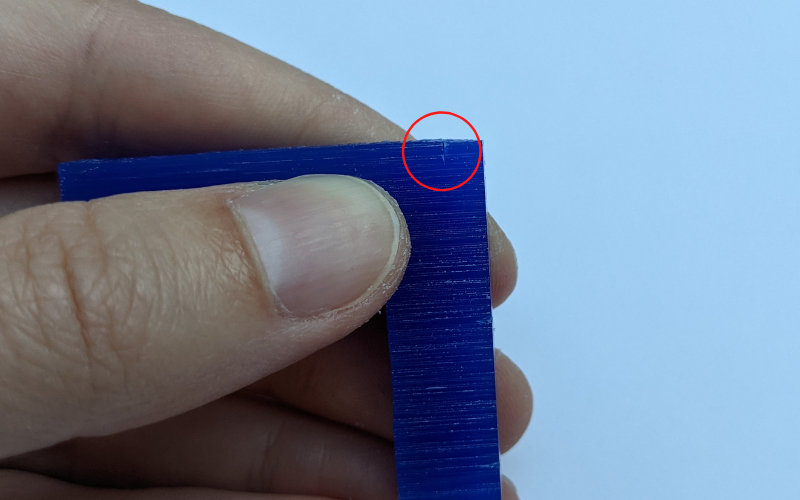
So you build it up, cut by cut.
The easiest way to start, is by angling your first 2 cuts inward. You create a V-shaped piece of wax that you can remove when the second cut meets the first.
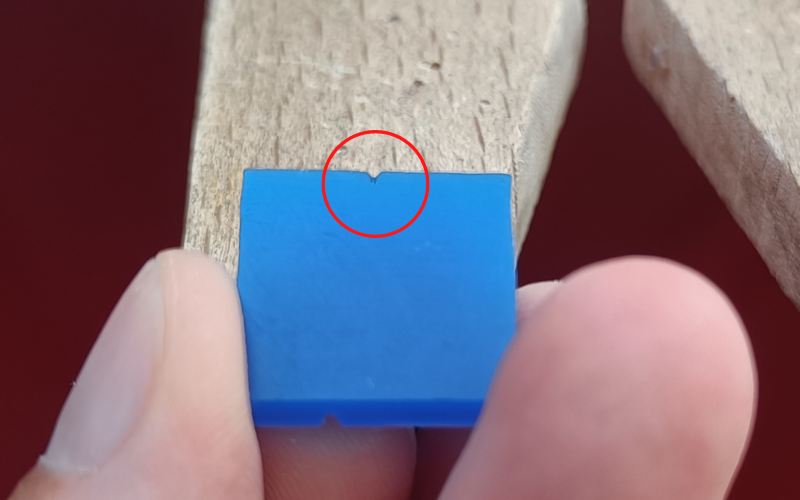
With this base, you can work on making the gap deeper, and the walls of the gap straighter. Keep making small cuts, removing small sections of wax. And eventually, you end up with the opening you are going for.
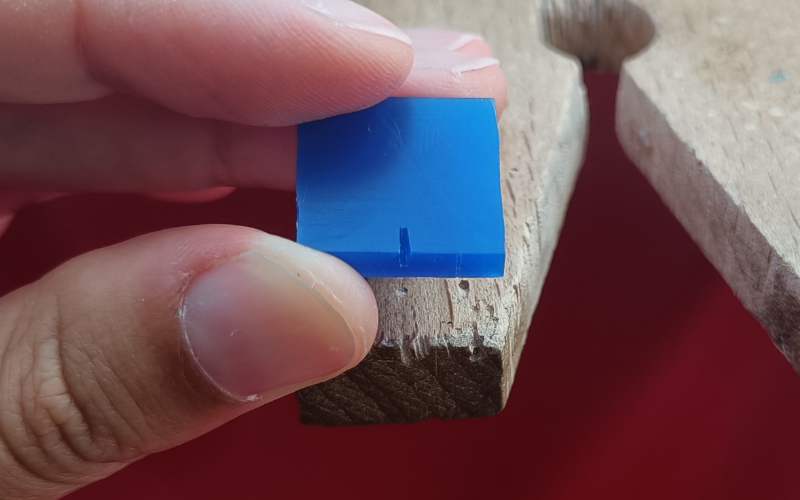
And sometimes it’s not about creating a gap, but about removing unnecessary wax from the surface.
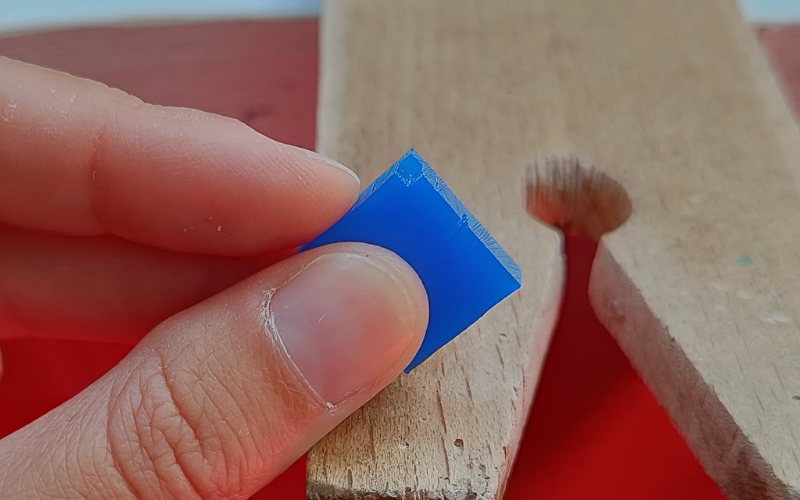
The same thing applies here. Don’t try to remove the entire piece in one go. Slowly remove small pieces until all the excess wax is removed and you have the shape you want.
Comment below and let me know if these tips were helpful!